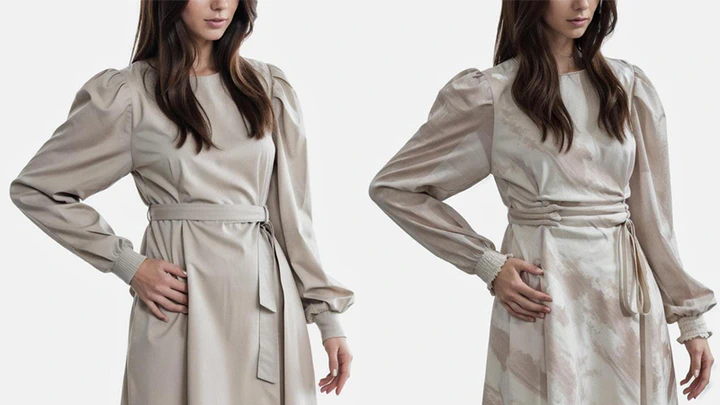FashionR2R: Texture-Preserving Rendered-to-Real Image Translation with Diffusion Models
Dec 10, 2024·,,,, ·
0 min read
·
0 min read
Rui Hu
Qian He
Jiedong Zhuang
Huang Chen
Huafeng Liu
Huamin Wang

Abstract
Modeling and producing lifelike clothed human images has attracted researchers’ attention from different areas for decades, with the complexity from highly articulated and structured content. Rendering algorithms decompose and simulate the imaging process of a camera, while are limited by the accuracy of modeled variables and the efficiency of computation. Generative models can produce impressively vivid human images, however still lacking in controllability and editability. This paper studies photorealism enhancement of rendered images, leveraging generative power from diffusion models on the controlled basis of rendering. We introduce a novel framework to translate rendered images into their realistic counterparts, which consists of two stages: Domain Knowledge Injection (DKI) and Realistic Image Generation (RIG). In DKI, we adopt positive (real) domain finetuning and negative (rendered) domain embedding to inject knowledge into a pretrained Text-to-image (T2I) diffusion model. In RIG, we generate the realistic image corresponding to the input rendered image, with a Texture-preserving Attention Control (TAC) to preserve fine-grained clothing textures, exploiting the decoupled features encoded in the UNet structure. Additionally, we introduce SynFashion dataset, featuring high-quality digital clothing images with diverse textures. Extensive experimental results demonstrate the superiority and effectiveness of our method in rendered-to-real image translation.
Type
Publication
Advances in Neural Information Processing Systems 38: Annual Conference on Neural Information Processing Systems (NeurIPS)